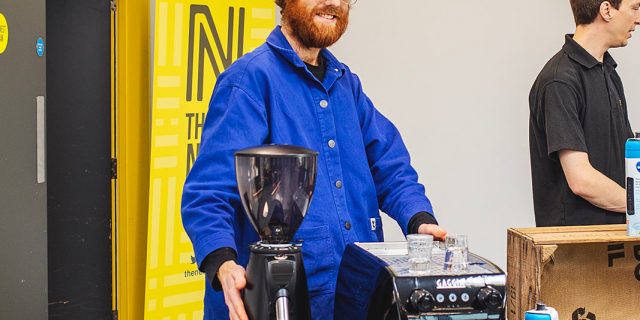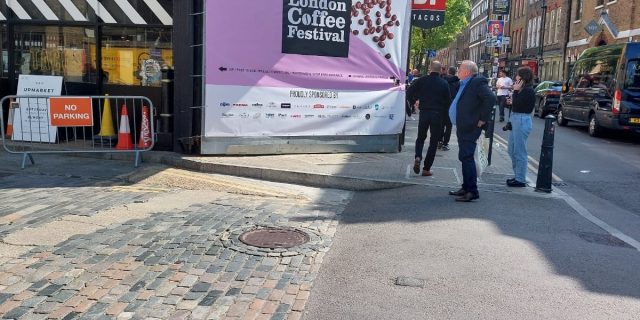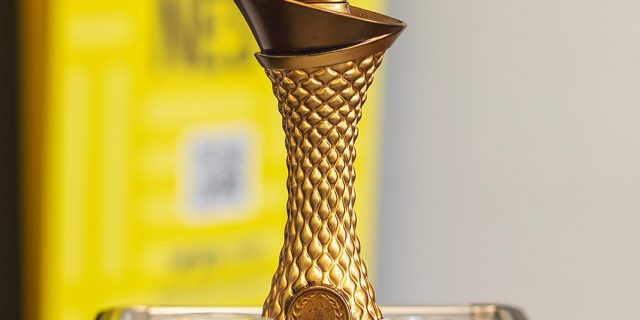On 24th March we held our first annual “East Anglia’s Best Barista” competition as The…
Brazil Coffee Timeline
Well the Olympics may be over, but before we all move on from Rio I thought i would give you all a brief history of Brazilian Coffee.
- Brazil is the world’s biggest coffee producer and produces around 50 million bags or one third of the worlds coffee every year.
- Coffee was first introduced to Brazil from French Guiana in 1727. According to legend Francisco de Mello Palheta managed to smuggle coffee to Brazil after seducing the wife of the French Guiana governor. The governor had refused to give Francisco coffee seeds as he wanted to keep control on his lucrative coffee trade. However, the governor’s wife managed to hide several coffee seeds inside a bouquet of flowers she gave to Francisco on his departure.
- Commercial production of coffee began close to Rio around the Paraiba River. The close proximity to Rio made it good for exporting and soon production was increasing.
- Around the 1830’s Brazil was steadily increasing production as well as the amount of coffee it exported until, by the 1920’s it was producing 80% of the world’s coffee.
- This meteoric rise came to an end with the great depression as coffee prices plummeted. The Brazilian government reacted by burning 78 million bags of coffee, though it had little effect on the declining price.
- Things where so bad in 1932 that the Brazilian government could not afford to send the Brazilian athletes to the Olympics. As a result, they sent them to the American games on a cargo ship containing 50,000 sacks of coffee and where told they had to sell the coffee along the way to fund their trip.
- Things did not improve much in 1939 as due to WW2 Brazil was unable to export its coffee to the European markets.
- In 1940 still unable to export to Europe brazil and several other Latin American countries signed the inter-American coffee agreement which imposed a quota system. The agreement worked well and by the end of 1941 coffee prices had almost doubled.
- In 1962 Brazil and 41 other countries signed the International coffee agreement (ICA) which lasted to 1989.
- In the early 90’s with Brazil’s exit from the ICA and an unregulated market, prices plummeted for 5 years straight. This resulted in the so called coffee crisis and started the ball rolling for the fair trade movement.
- In the 2000’s Prices recovered and Brail has since invested heavily in new technology, processing methods and farming techniques.
- Brazil is still the world’s largest producer of coffee and is progressing and investing heavily in quality and speciality coffee including competitions such as the cup of excellence. This speciality coffee is of higher quality and fetches a higher price, which helps to maintain a more consistent income for the farmers.



